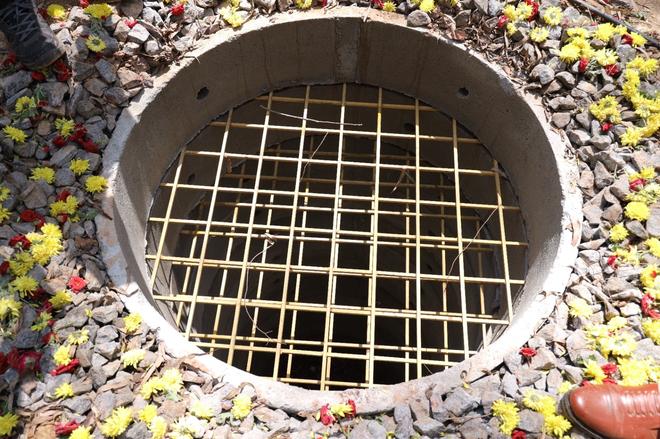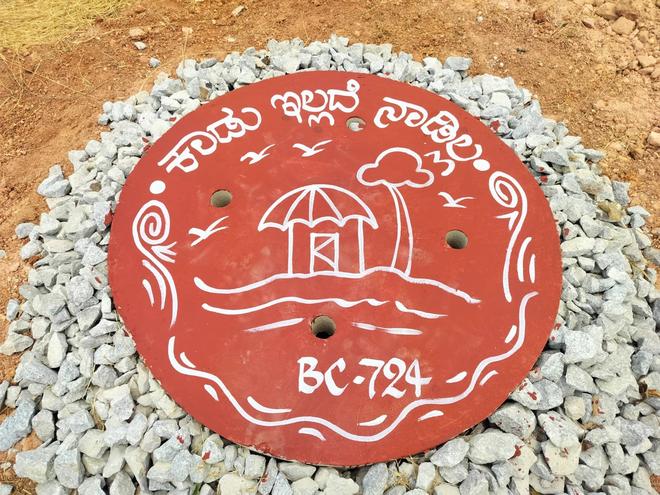United Way of Bengaluru (UWBe), a unit of the global United Way network, a privately-funded non-profit organisation founded 132 years ago, is pitching in to find a logical solution to Bengaluru’s water woes.
UWBe has embarked on an ambitious project to build 10,000 percolation wells across the City by 2026. Percolation wells are designed to capture rainwater so that the ground water table is restored, conserved and recharged as the created percolation and filtration environment triggers natural aquifers.
Rajesh Krishnan, CEO, UWBe told The Hindu that, ‘‘We have kicked off our percolation well project for Bengaluru by building 500 percolation wells in Lal Bagh Botanical Garden.’‘

Private funding
The non-profit organisation with the help of private funding has already completed the construction of 3,600 across the city in the last two years, he said.
According to Krishnan, the effect of these percolation wells in Lal Bagh has already been evident as most borewells in the garden, including the dried ones come alive, get recharged and refilled. In addition, when digging an open well recently near the Mavelli Gate, the Lal Bagh authority could find water just within 30 feet.
However, someone who builds a percolation well needs not always be the direct beneficiary of it as depending on aquifers (a body of rock or sediments that hold groundwater) his or her neighbour could be the primary beneficiary of a percolation well.
Bangalore Water Supply and Sewerage Board has recently roped in UWBe to construct 300 percolation wells. BWSSB has close to 12,000 borewells and only half of them are active, while over 2,000 of them have dried up and 3,700 are yielding very little water. Also, Bruhat Bengaluru Mahanagara Palike, which currently has 16,000 borewells across the City, has engaged the NGO to augment nearly half of these borewells are dry through percolation wells.
Watershed analysis
Although BBMP has no land parcels available for making percolation wells, it did a zone and watershed analysis of 1300 of its parks in the City. UWBe is given the water conservation mandate for BBMP parks in Bommnahalli and Yelahanka Zones. BBMP currently has a budget for percolation and the NGP played an influencing role by mooting something like that.
Emphasising the importance of percolation wells, Krishnan said even in the best monsoon scenario, the City’s water situation may not improve much as it would not be able to hold more than 10% of rainwater. According to IISc, Bengaluru can’t hold more than 10% of its rainwater because its unplanned development, unbridled growth and concretisation drastically brought down the water-holding ability of soil. So even if the City gets reasonably good rains, its water runs off, forms a cesspool, or gets evaporated, he explained.
‘’Monsoon after monsoon this is what we are seeing. Yet, mostly everyone including civic bodies and politicians, are on a reactive mode, hoping the current water crisis will fade away once the monsoon comes, but that’s far from reality,’‘ he added.

Scientifically built
Krishnan further said, corporates, governments or individuals should not keep the environment as a flavour of the season, instead they should have a long-term focus on the environment, rainwater harvesting and water management. Nothing helps other than scientifically built percolation wells.
Percolation wells are 12 feet deep and 4 feet wide earthen dams padded with concrete rings inside and filled with gravel so that rainwater gets trapped into it and percolates down to natural aquifers. Rain falls into the percolation well, water leaks into the soil in multiple layers and it goes down to the ground and natural aquifers get activated, instead of allowing rainwater runs off or forms a cesspool and evaporate.







